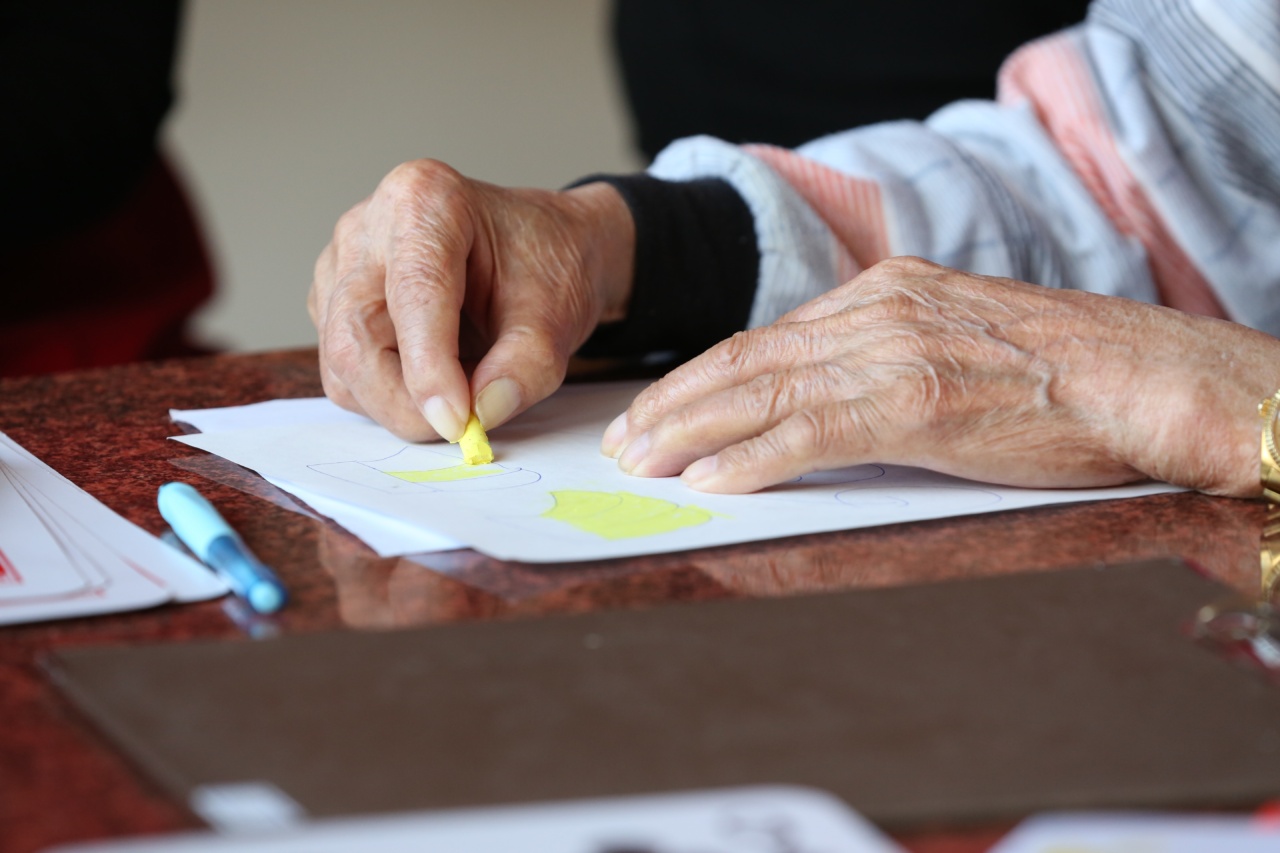Alopecia is a condition that causes hair loss, resulting in patches of baldness on the scalp or even complete baldness throughout the body.
It is an autoimmune disease that affects both men and women, causing significant emotional distress and impacting their self-esteem. Traditional treatments for alopecia, such as corticosteroids and topical immunosuppressants, have shown limited success. However, recent studies indicate that there may be a promising new treatment derived from medications used for arthritis.
Understanding Alopecia
Alopecia is an autoimmune disorder where the immune system mistakenly attacks the hair follicles, causing them to become smaller and eventually cease hair production. This leads to hair thinning and, in some cases, complete baldness.
The exact cause of alopecia is still unknown, although genetics and environmental factors are believed to play a role. Currently, there is no cure for alopecia, but various treatments aim to stimulate hair regrowth and suppress the immune response.
The Link Between Arthritis and Alopecia
Researchers have discovered similarities between both alopecia and arthritis, suggesting a potential connection in their underlying mechanisms. Both conditions involve an abnormal immune response, targeting healthy tissues in the body.
As a result, medications that effectively treat arthritis may also hold promise for alopecia patients.
Medications for Arthritis Showing Promise
Recent studies have focused on the use of Janus kinase (JAK) inhibitors, which are commonly prescribed for arthritis patients. JAK inhibitors work by suppressing the immune response and reducing inflammation.
It is believed that these medications could potentially halt the immune system’s attack on hair follicles in alopecia patients.
Alopecia areata, the most common type of alopecia, is characterized by patchy hair loss.
A study published in the Journal of Investigative Dermatology in 2018 found that a JAK inhibitor called tofacitinib showed significant regrowth in alopecia areata patients. Tofacitinib has been approved by the U.S. Food and Drug Administration (FDA) for the treatment of arthritis, making it an exciting prospect for the management of alopecia as well.
Another JAK inhibitor, ruxolitinib, has also shown promise in treating alopecia areata.
In a study published in Nature Medicine, 75% of patients experiencing severe hair loss due to alopecia areata witnessed substantial hair regrowth within five months of ruxolitinib treatment.
The Potential Mechanisms Behind JAK Inhibitors
JAK inhibitors work by blocking the Janus kinase enzymes, which are involved in the signaling pathways of pro-inflammatory cytokines known to contribute to autoimmune diseases.
By inhibiting these enzymes, the inflammatory response can be reduced, potentially halting the attack on hair follicles in alopecia patients.
Furthermore, JAK inhibitors also promote the regeneration of hair follicles by activating dormant hair follicle stem cells. This activation leads to the production of new hair cells and, ultimately, hair growth in previously bald areas.
Additional Benefits of JAK Inhibitors for Alopecia
Aside from their potential to stimulate hair regrowth, JAK inhibitors may also have other positive effects on alopecia patients. Some studies have indicated that JAK inhibitors can help reduce the emotional distress associated with hair loss.
Improved psychological well-being and increased self-esteem have been reported in patients who experienced hair regrowth during JAK inhibitor treatment.
Further research is needed to understand the long-term effects, optimal dosage, and potential side effects of JAK inhibitors for the treatment of alopecia.
However, the initial results are promising and provide hope for those struggling with this autoimmune condition.
Combination Therapies
While JAK inhibitors are showing promise as a standalone treatment for alopecia, researchers are also exploring combination therapies that may enhance their efficacy.
Some studies have investigated the use of JAK inhibitors in conjunction with other medications, such as minoxidil, a topical solution approved for hair regrowth in alopecia patients.
The combination of JAK inhibitors with minoxidil has shown synergistic effects in promoting hair growth. Minoxidil helps to widen blood vessels, improving blood flow to the hair follicles, while JAK inhibitors target the underlying immune response.
The dual approach may result in more significant hair regrowth and provide better outcomes for alopecia patients.
The Future of Alopecia Treatment
With ongoing research and promising results from clinical trials, the future looks hopeful for alopecia patients. JAK inhibitors and combination therapies offer new avenues for effective treatment options.
However, it is important to note that these medications should be prescribed and monitored by healthcare professionals, as they may have potential side effects or interactions with other medications.
Further investigation into the long-term effects and safety profiles of JAK inhibitors is crucial to ensure their suitability for widespread use in alopecia treatment.
Additionally, researchers are exploring other potential targets within the immune system to develop innovative therapies that specifically address the underlying mechanisms of alopecia.
Conclusion
Alopecia is a distressing condition that impacts the lives of many individuals. While traditional treatments have shown limited success, recent research into the use of JAK inhibitors derived from arthritis medications has brought renewed hope.
These medications demonstrate the potential to suppress the immune response, promote hair regrowth, and enhance the psychological well-being of alopecia patients. Combination therapies may further improve treatment outcomes. As research continues, it is essential to prioritize the development of effective and safe treatment options that can provide long-lasting relief for those affected by alopecia.


























